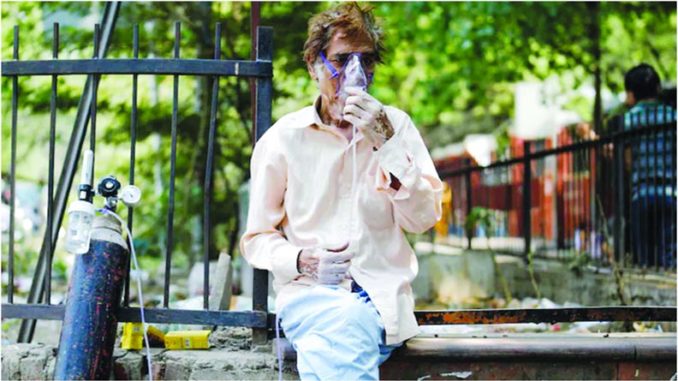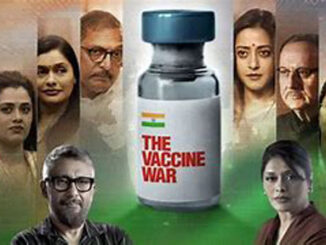
New Delhi (TIP): The ruling Bharatiya Janata Party (BJP) and several Opposition parties were locked in a war of words over how many people in India died due to lack of oxygen supplies while battling Covid-19, a day after the Union government told Parliament that no state reported such fatalities.
The submission to Parliament brought back focus on a crisis that in part defined the devastation of the second wave, but with little accountability being fixed since. A database of media reports from the time has identified at least 619 deaths that likely occurred because of lack of oxygen, while many more may have taken place outside of inundated hospitals. Still, with most states unwilling, even on Wednesday, to accept that there were deaths on account of oxygen supplies, the Union government’s submission, while insensitive, could well be technically correct.
The BJP accused the states of playing politics, and pointed to submissions by some of them to reaffirm that the central government was merely reporting data that states sent to it.
“The Centre says that health is a state subject. It says that it just collects the data, it doesn’t generate it. None of them said that a death occurred in their state and Union territory due to shortage of oxygen, there is no data for that. Did the Centre generate this data? No,” said Sambit Patra, BJP spokesperson.
Patra in particular pointed to the Congress, the Shiv Sena and the Aam Aadmi Party to accuse the rivals of “playing politics”.
“Rahul Gandhi is part of a coalition in Maharashtra and Sanjay Raut said he is shocked. The Maharashtra high court was given an affidavit by the state government where it stated that no death took place due to oxygen shortage,” he said. “On April 23 and 24, Arvind Kejriwal said 21 people died in Jaipur Golden Hospital due to oxygen shortage. He did a press conference and politicised it. This matter went to the high court. The Delhi government formed a committee and a report was submitted — it said patients got oxygen and no there was no mention of a shortage,” he said.
Patra’s comments appeared to be targeted at a tweet by Gandhi on Tuesday afternoon, in which the Congress leader said: “The shortage wasn’t only of oxygen; it was also of empathy and facts. The shortage was there then, and it’s there now.”
On Wednesday, July 21, Shiv Sena MP Sanjay Raut, whose party shares power with the NCP and Congress in Maharashtra, said people whose relatives died due to oxygen shortage should “take the Union government to court”.
Delhi health minister Satyendar Jain, too, attacked the Centre, saying it was “completely false” to say no one died for want of oxygen. “If no deaths occurred due to oxygen shortage, why did hospitals move high court one after another every day? Hospitals had been saying that oxygen shortage led to deaths. The media, too, flagged this issue daily,” Jain told reporters.
The AAP leader said the Delhi government set up a committee to collect data on such deaths and give ?5 lakh compensation to the families of the deceased, “but the Centre got the panel disbanded through the lieutenant governor”.
A day earlier, his cabinet colleague and deputy chief minister Manish Sisodia accused the Centre of a cover-up following its submission in Parliament. Neither Jain nor Sisodia put a number to deaths in Delhi on account of lack of oxygen.
As the controversy raged, officials in eight states – Goa, Maharashtra, Tamil Nadu, Madhya Pradesh, Odisha, Bihar, West Bengal and Uttar Pradesh – told HT that there were no deaths due to oxygen shortage in their hospitals.
Experts said the controversy was “unnecessary and unfortunate”. “The answers to parliamentary questions are compiled by respective ministries depending on inputs from various states and institutions, which means none of the states actually accepted that there were deaths due to oxygen shortage. The minister, however, could have just said that this is the official record and unofficially, there have been reports of deaths but there was no data,” said Dr MC Misra, former director of All India Institute of Medical Sciences.
Source: HT




Be the first to comment